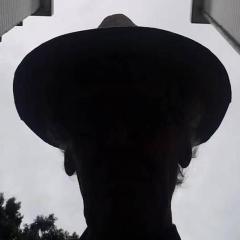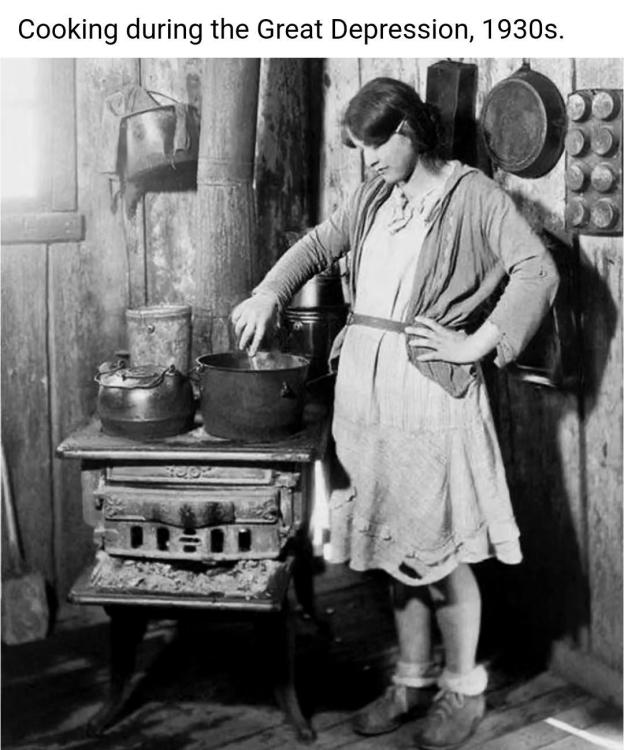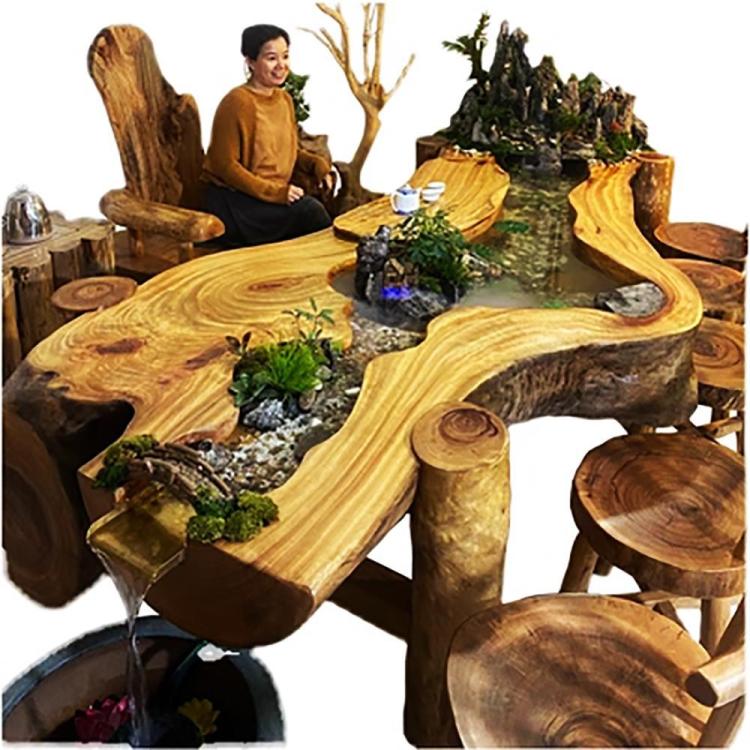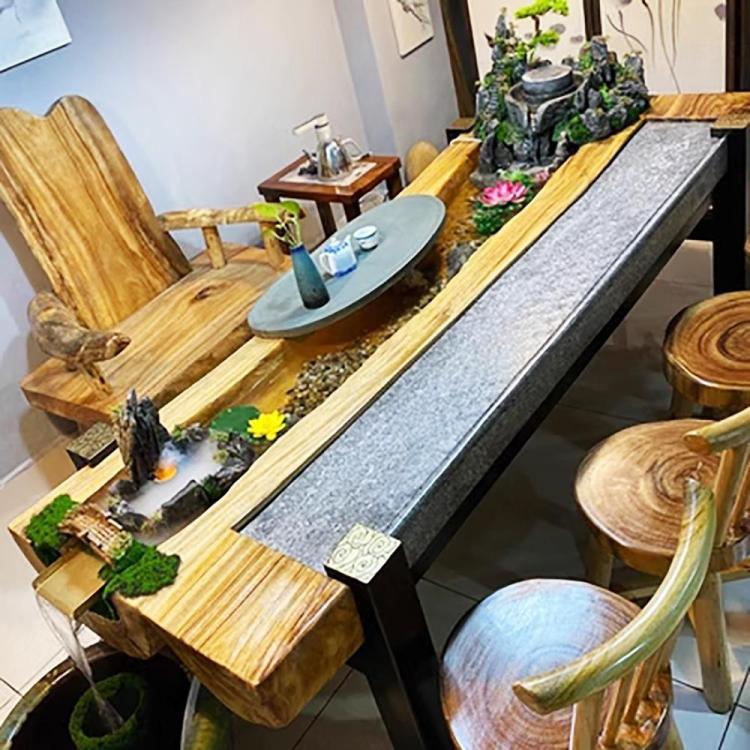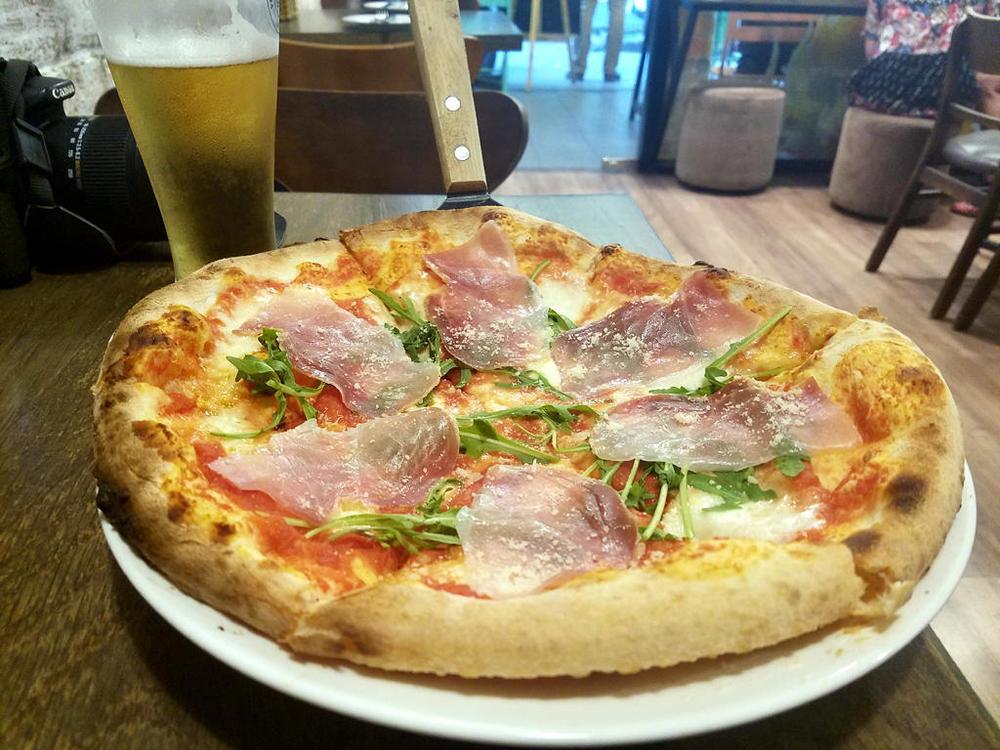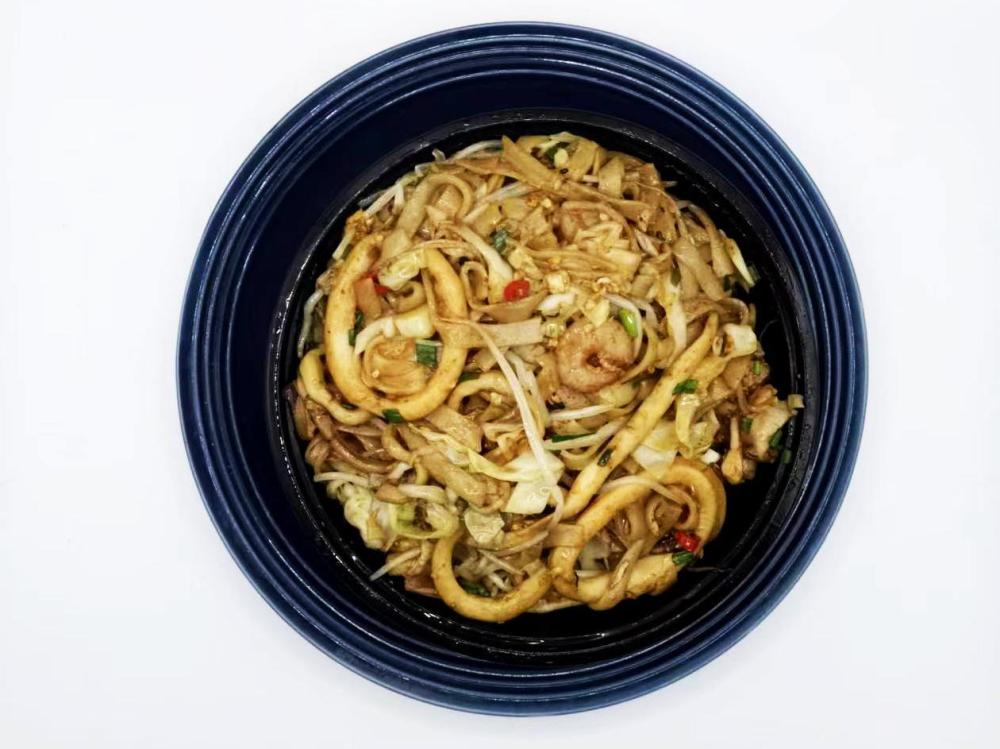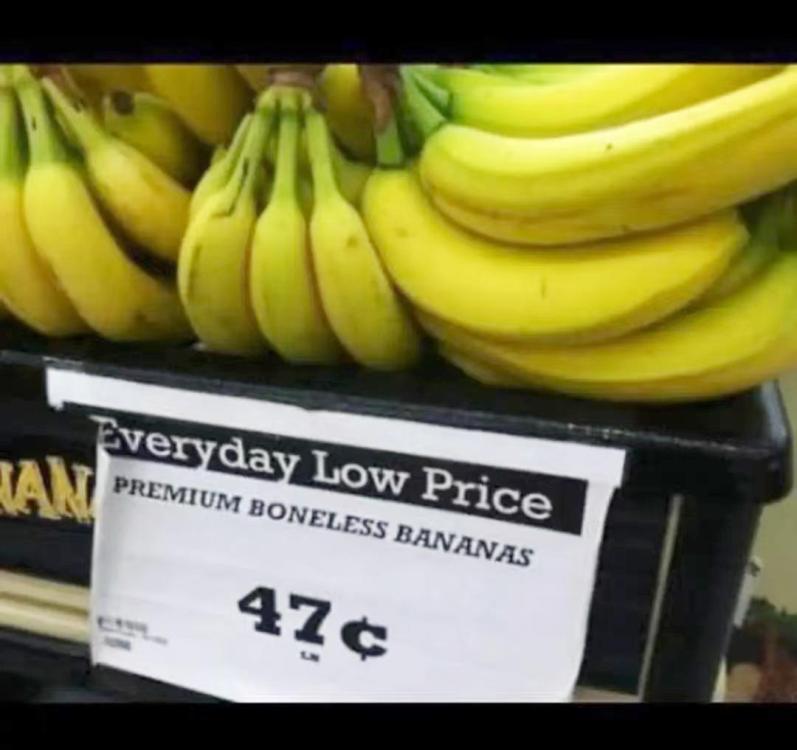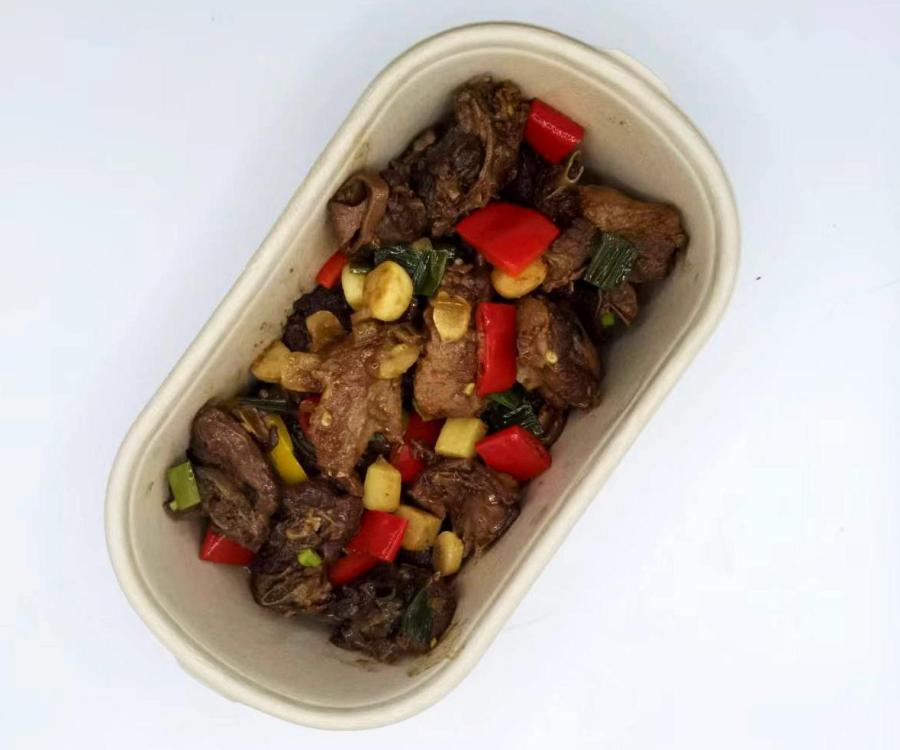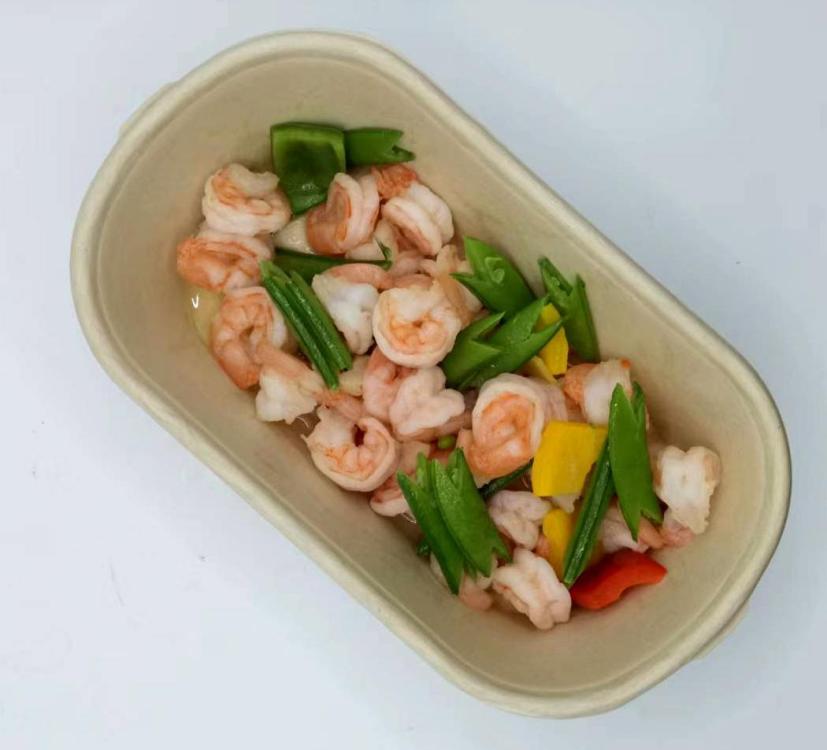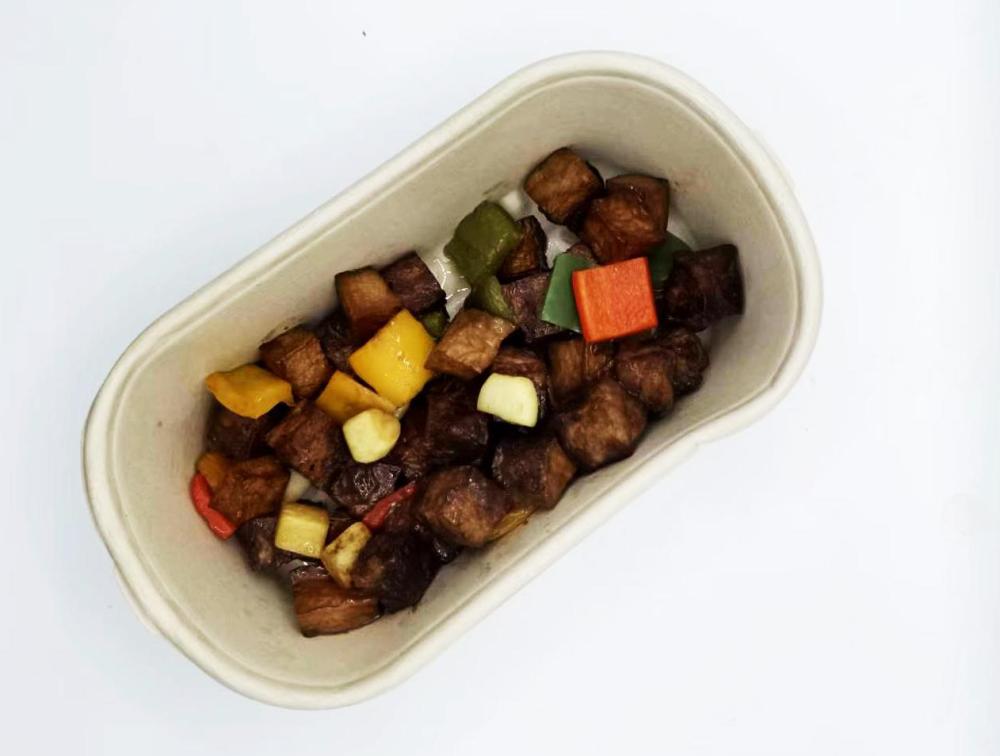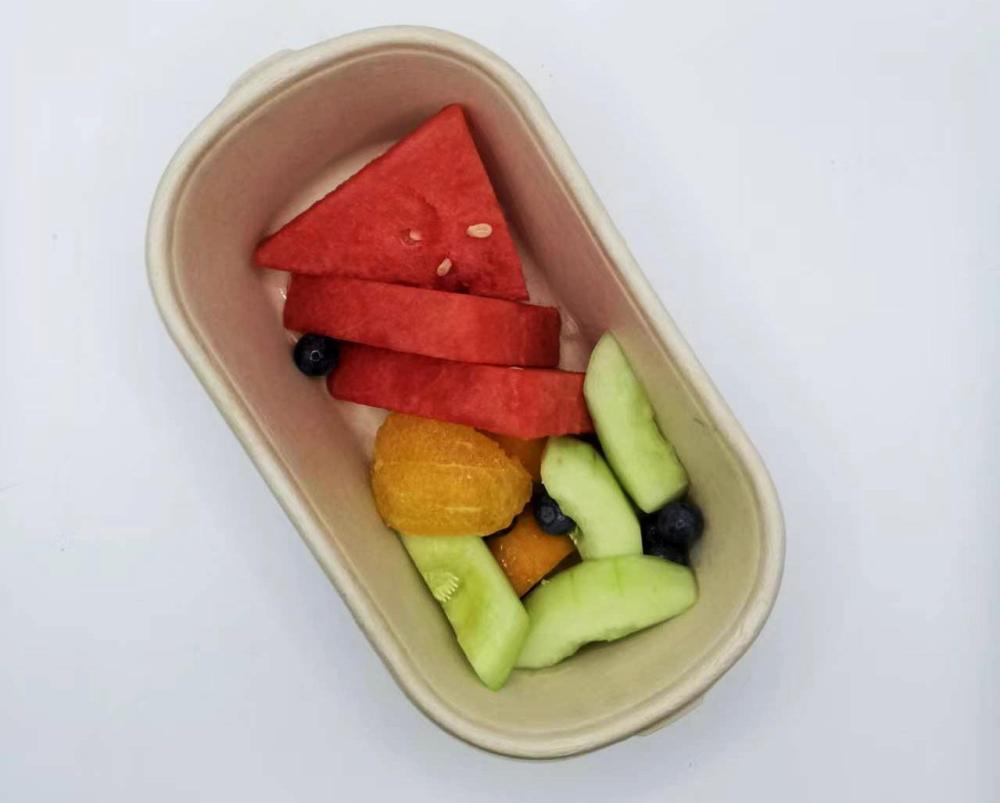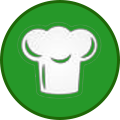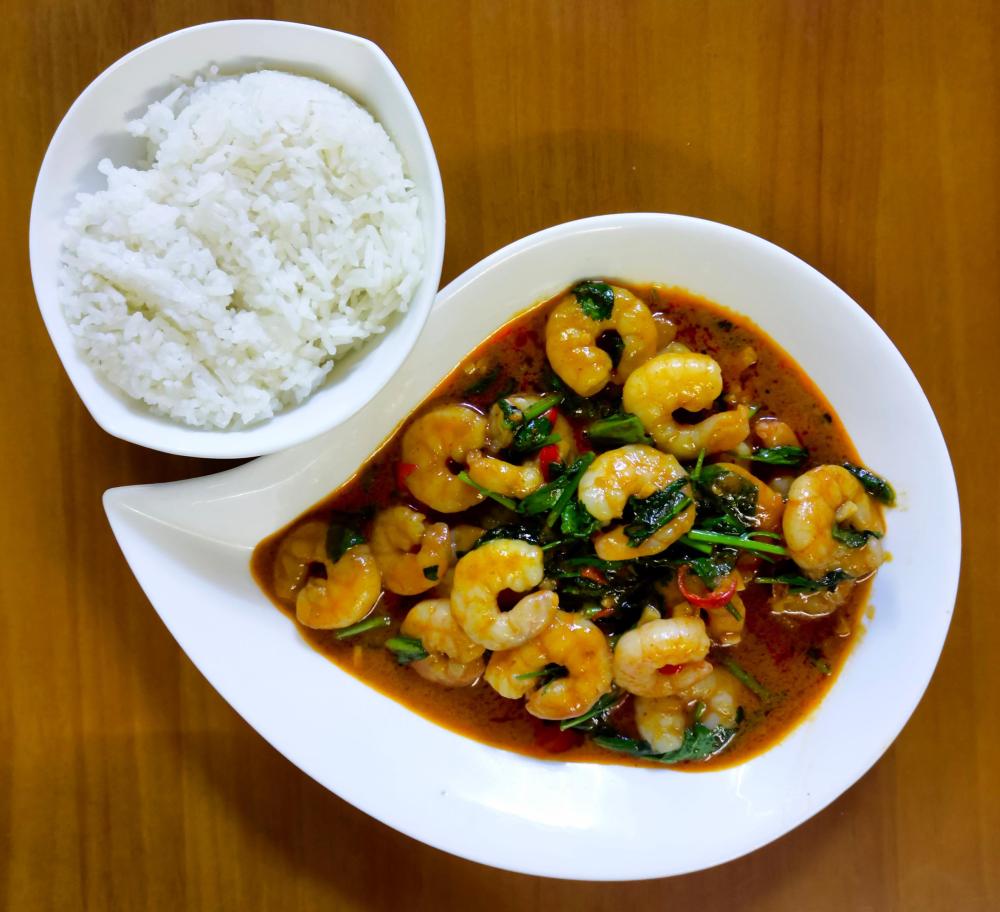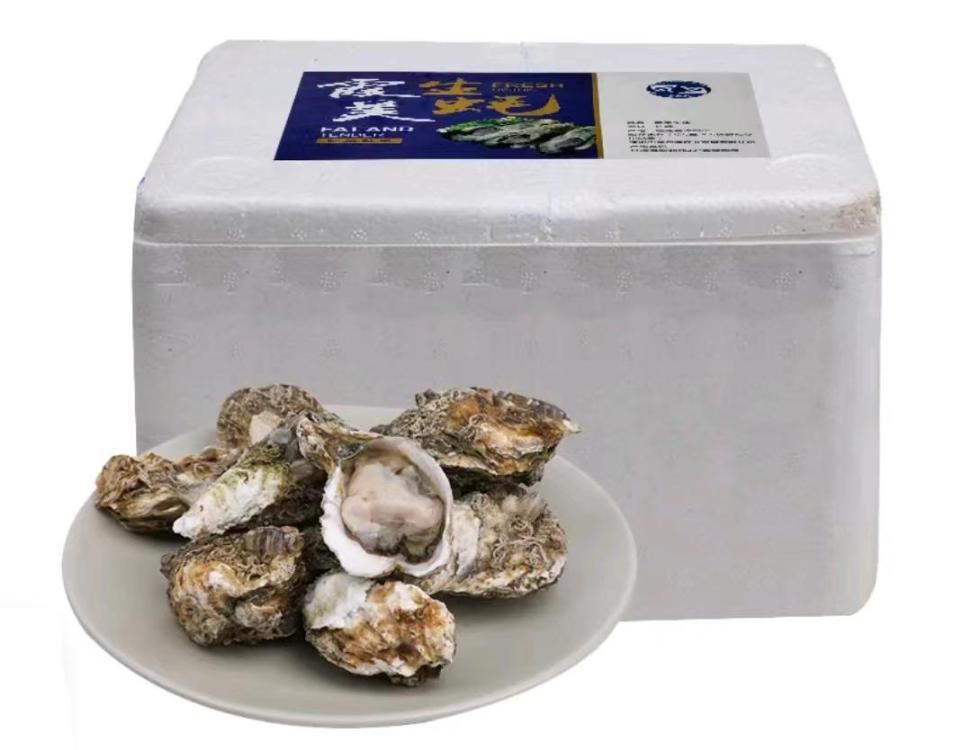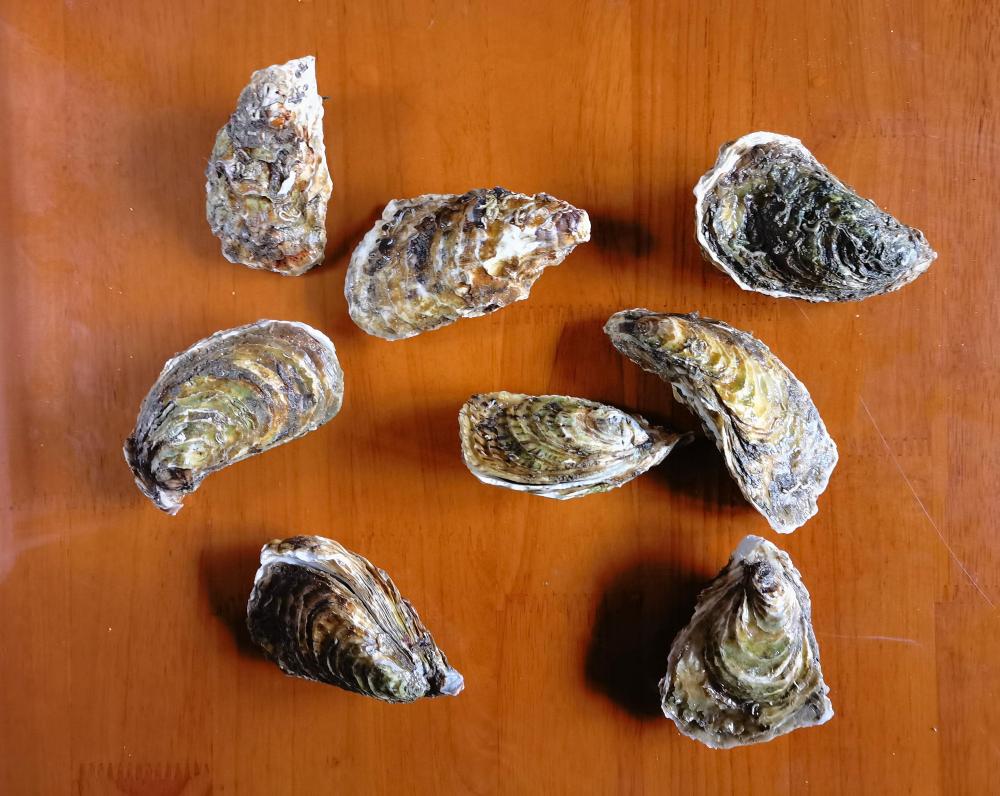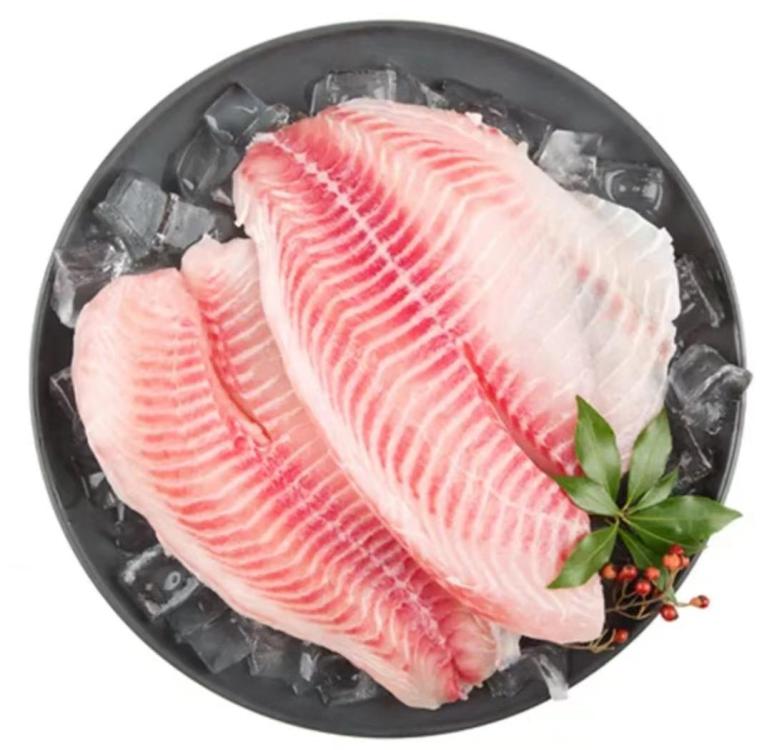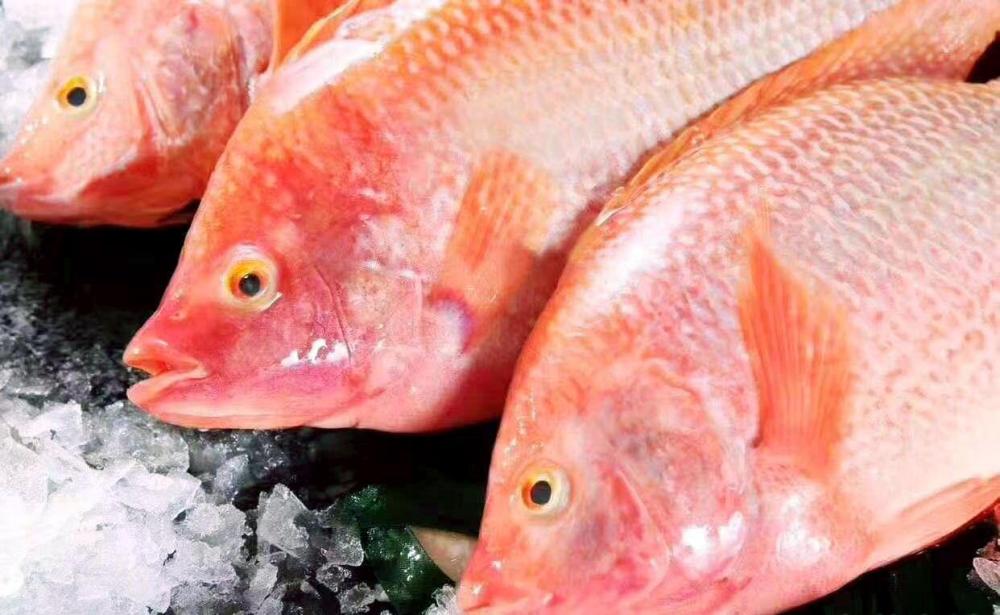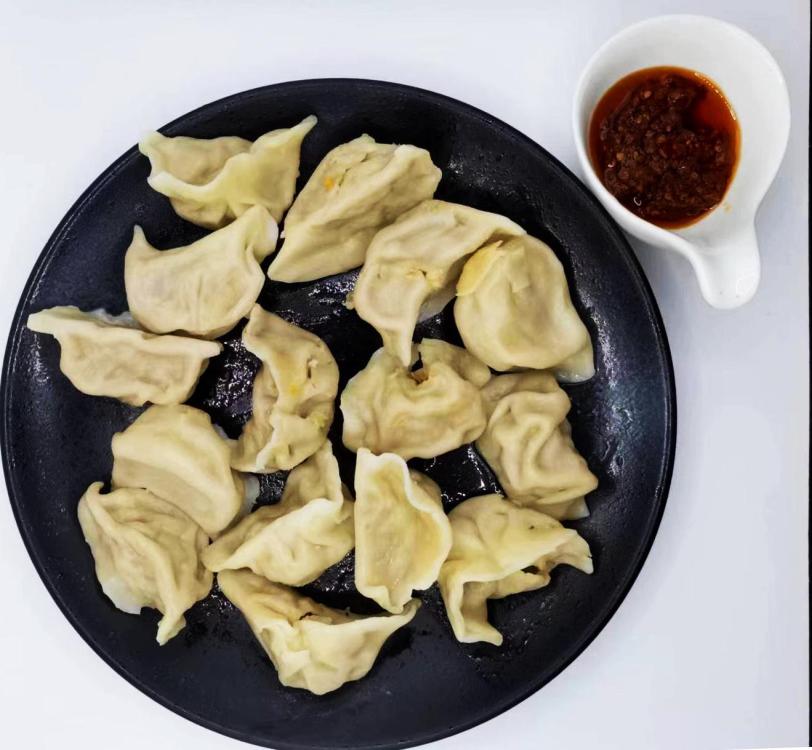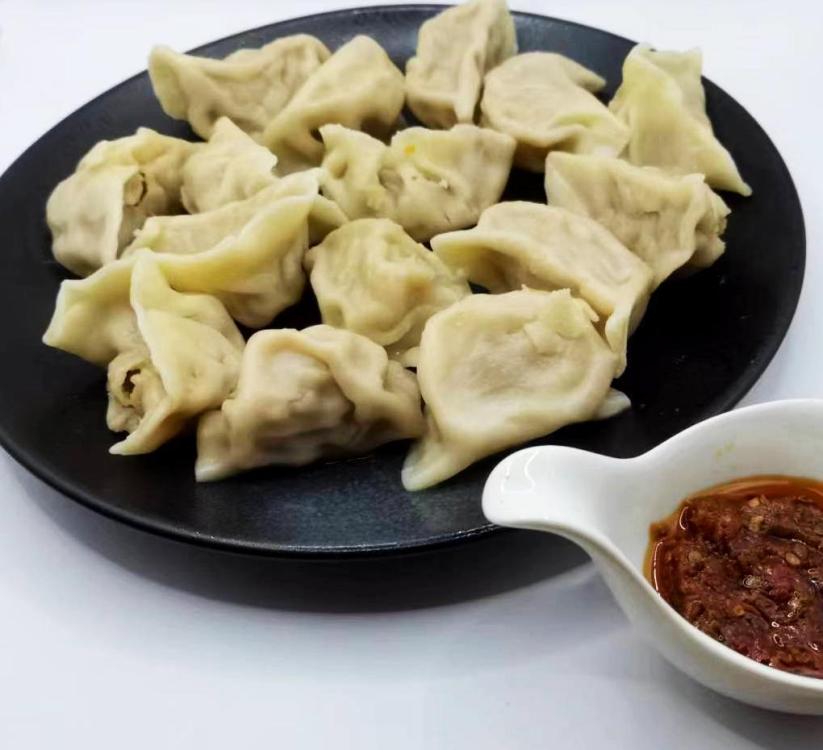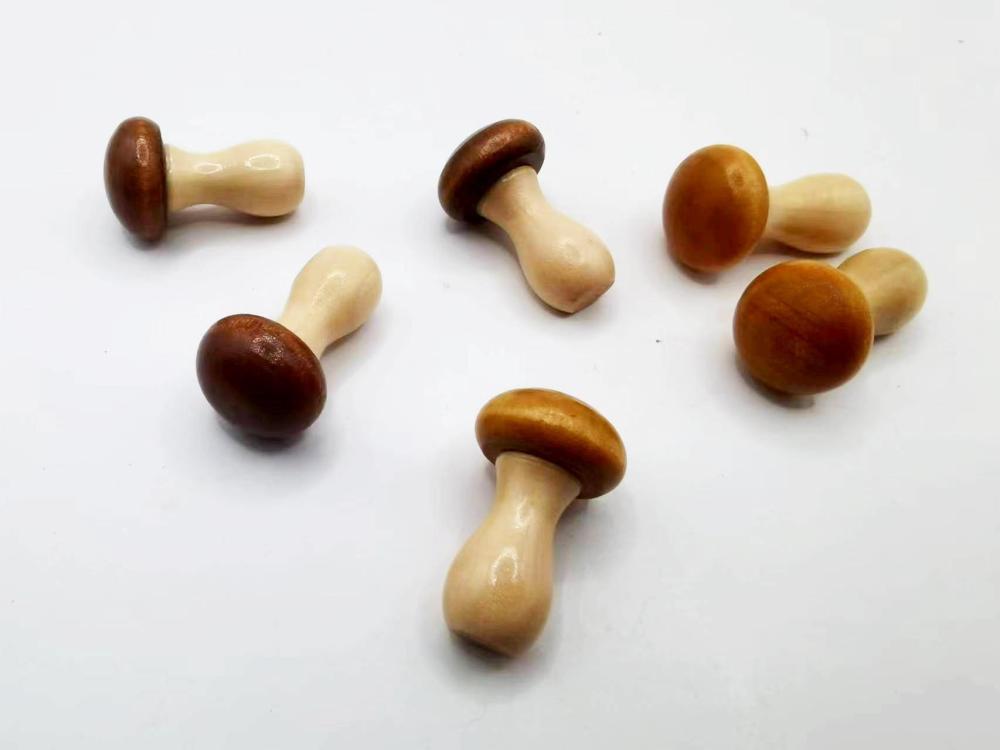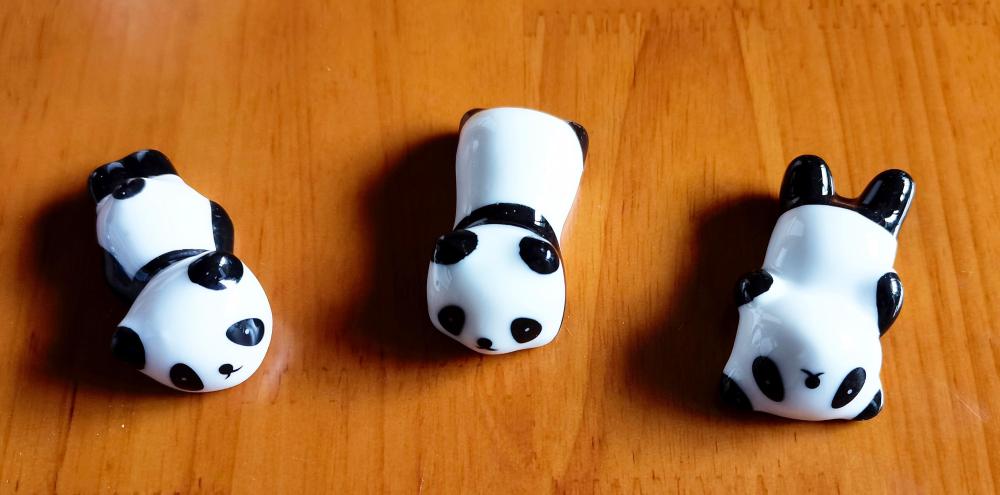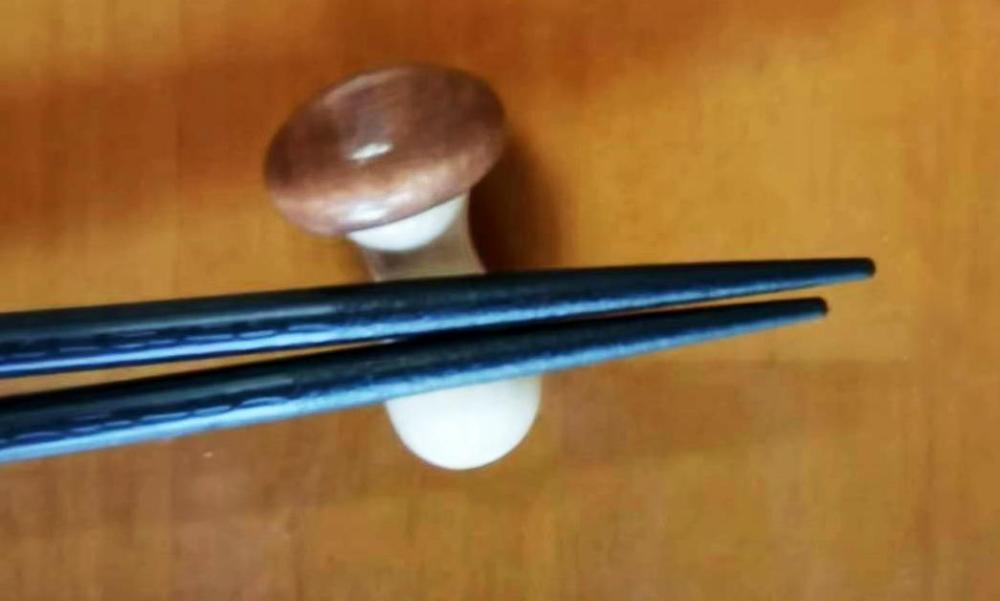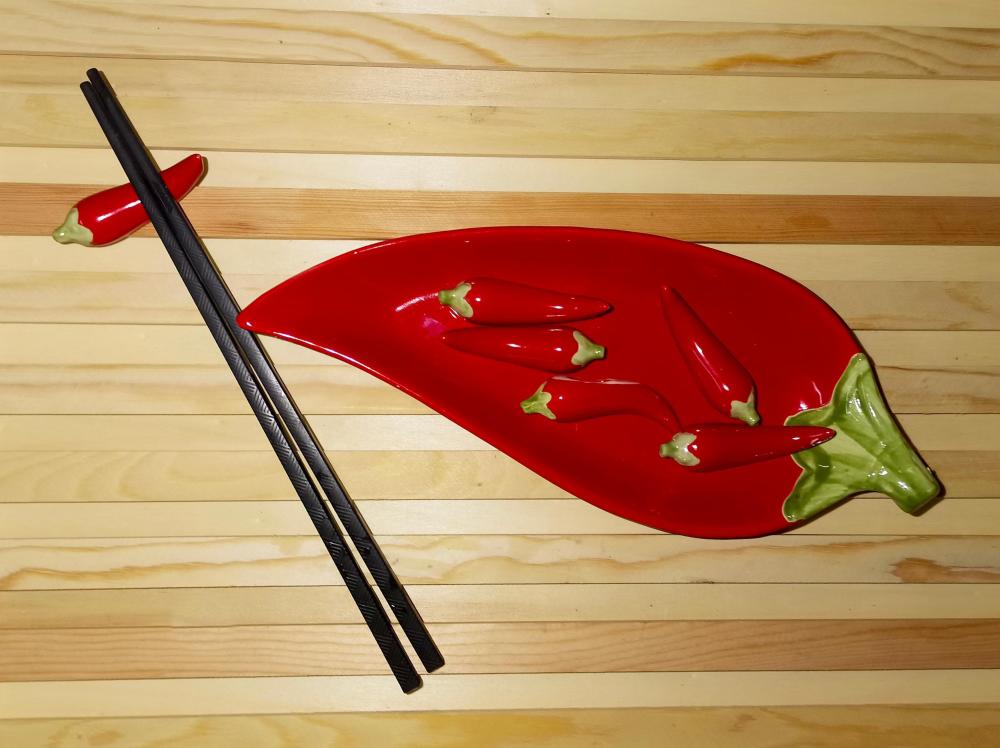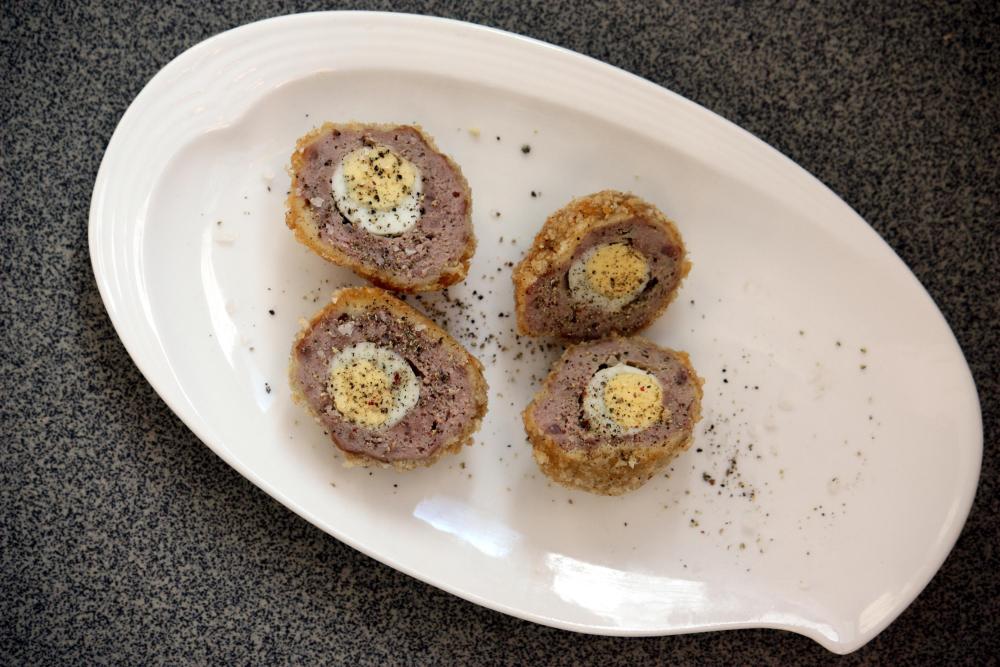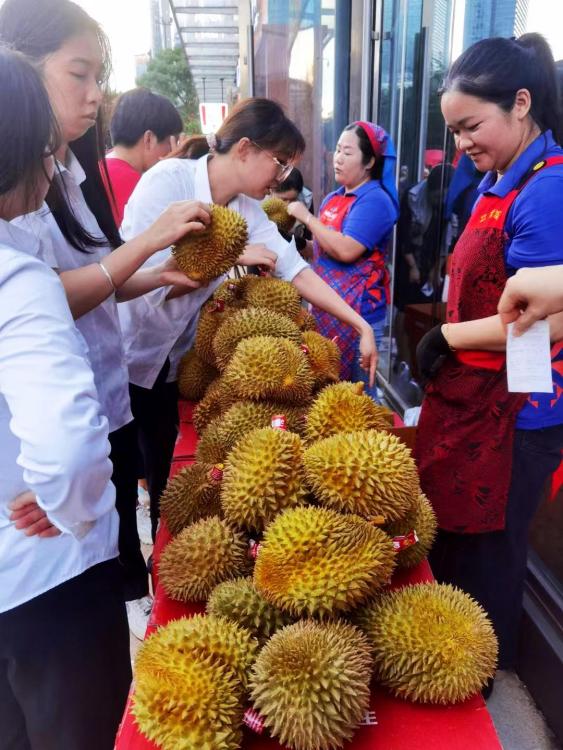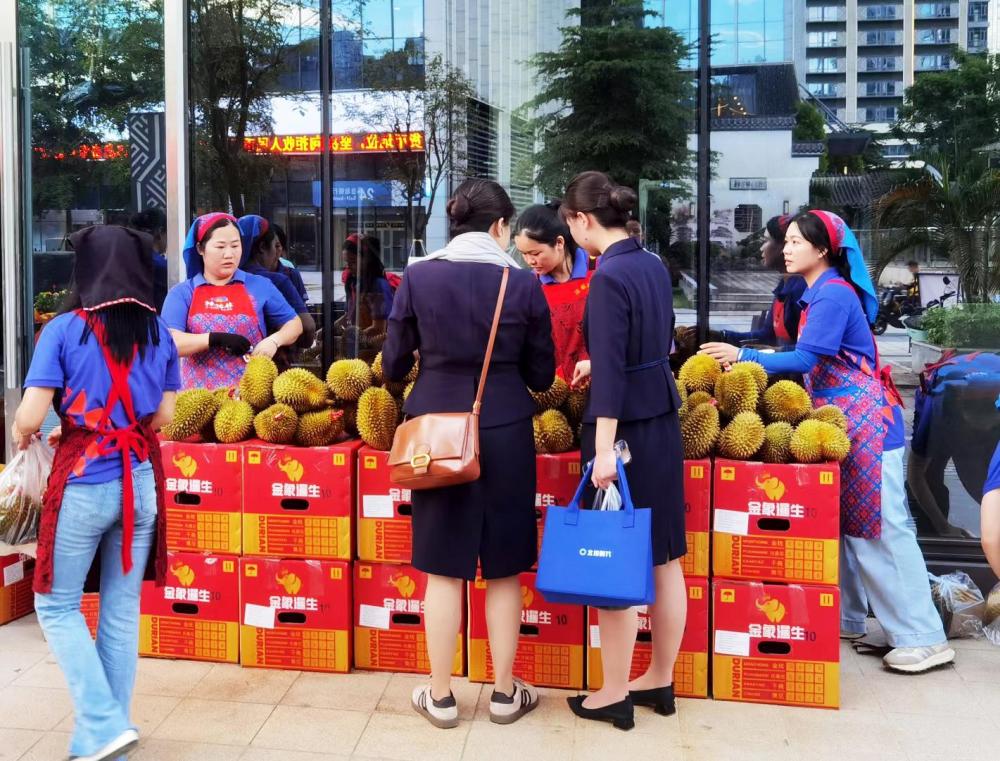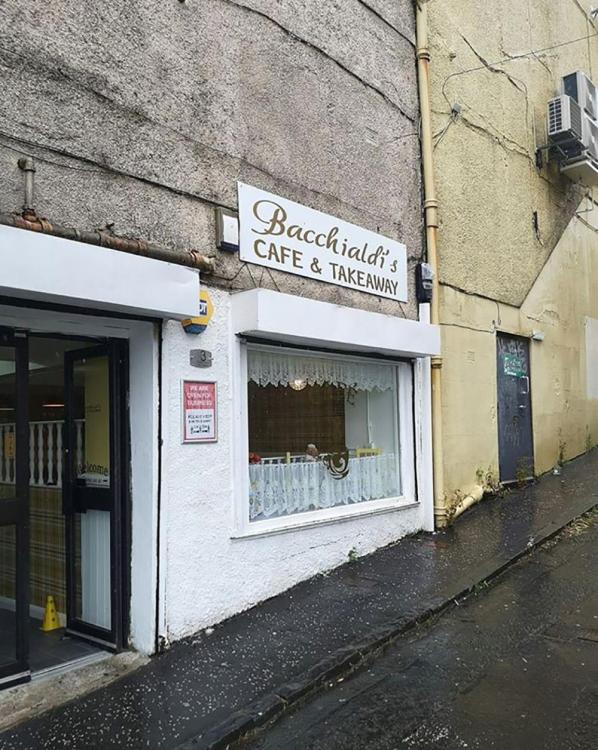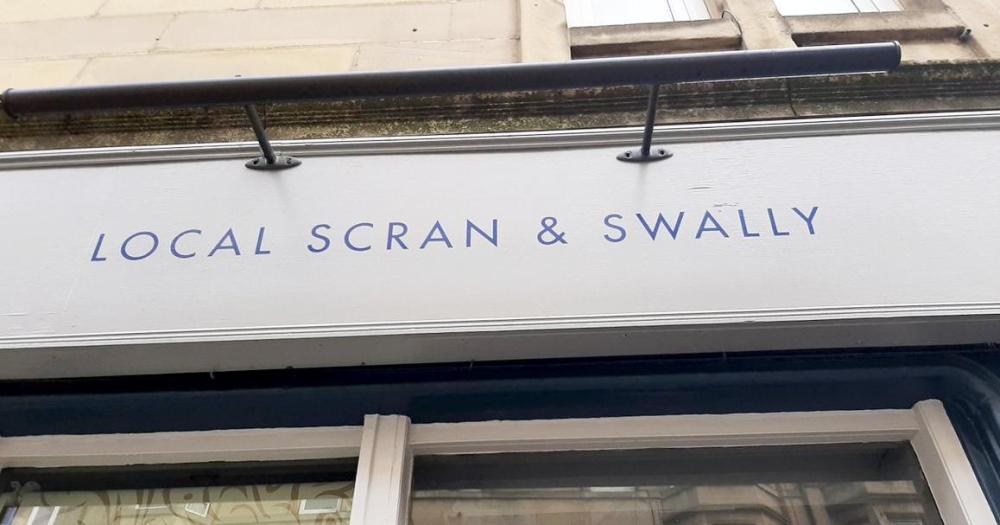-
Posts
16,754 -
Joined
-
Last visited
Content Type
Profiles
Forums
Store
Help Articles
Everything posted by liuzhou
-
This, a table in a long gone tea shop in town, was a dugout canoe with a glass top. Inside was a bizarre collection of cultural revolution (1966-1976) paraphernalia. The whole place was weird and a massive punch-up broke out seconds after I took this photo. I fled. Punch-ups in bars are highly unusual in China, but in tea shops? Never! The place closed a month later.
-
It's not so wide. I think my dining room table (which I never dine from) is about the same, but less long. It doesn't usually have a river down the middle, either. Unless someone spills their soup!
-
Reviving this to say that if you are serious about your tea drinking, you require the appropriate table. I came across these "river tea tables" for sale today. You have a landscaped river scene running the length of the table and draining into what appears to be a bucket (I've only see these photographs from their advertising). They range in price from ¥900 to ¥10,000. That is the equivalent of $124 to $1375. The second picture is to the higher end of that scale, at around $900. All dollars shown are USD.
-
The best pizza I've had in recent years was in Vietnam, of all places. Prosciutto and arugula / rocket. I've eaten good pizza in Korea, too.
-
海鲜 (鱿鱼 + 虾仁) 炒粉 (hǎi xiān (yóu yú + xiā rén) chǎo fěn) Sea food (squid + shrimp) fried rice noodles. Including onion, bean sprouts, chilli, cabbage, tofu, Chinese chives.
-
My father used to eat bread rolls with Cadbury's chocolate and Cheddar cheese. When he wasn't eating bread with cheddar and strawberry jam. He was a bit of a Philistine, though.
-
Several! https://forums.egullet.org/topic/160625-on-line-recipe-hosting-sites/#comment-2242735 https://forums.egullet.org/topic/134249-eatyourbookscom-search-your-own-cookbooks-for-recipes-online/#comment-1753540 https://forums.egullet.org/topic/151766-organizing-recipes-from-several-sources/#comment-2026339 These are the first three that come up when you search for 'recipe'. There may be more.
-
Lunch today morphed its way into dinner so is documented here in the Dinner 2024 topic.
-
You may think at first, that I have somehow lost my mind (again) and posted this in the wrong topic. Not so. As will become clear should you read on. Lunch today required a certain diplomacy. I was invited to lunch by the British Consulate-General in Guangzhou along with one of her junior consular colleagues, a young man from Wales; and the C-G’s assistant who was a beautiful young Chinese woman who spoke perfect English. The hardships I endure! This lunch took place in the local Hyatt hotel, in which they were staying and which I can see from my sitting room window. After a few pleasantries we settled into a private dining room and soon settled into a long and very pleasant conversation, as food arrived. The C-G and I did most of the conversing, but everyone was included. I had checked out the C-G on the consulate’s website and learned she had studied just around the corner from my London apartment, which made for a nice ice-breaker. We then moved on to how I ended up here, why here and why I have stayed so long. The food was local fare, but I didn’t think it an appropriate venue for practising my food photography, much as it needs it. However, as we were chatting so much, I don't actually remember eating so much. But there was a memorable dish of Hunan style smoked anchovies, which we all enjoyed, then leapt into a discussion about real Hunan food, that province being an important part of the story of my life in China and also covered by her remit (beside the Embassy, which is obviously in Beijing, there are three British consulates in China, located in Shanghai, Wuhan and Guangzhou each covering different parts. Guangzhou covers my part). Inevitably, time came for us to go our separate ways as my new found friends had a train to catch to Guangxi’s capital, Nanning for much more important meetings there. They insisted (in true Chinese style) that I take the uneaten food home to save it from going to waste and so that I didn’t need to cook dinner. So here we have some of what didn’t get eaten, but I am now eating for dinner. Duck with peppers Shrimp Some sort of Braised Beef. Rather good! Fruit There were several other dishes which apparantly were eaten whilst I was distracted. Apart from the smoked anchovies which I do remember us eating, there was an excellent mushroom soup, a dish of okra, another of unidentifiable greenery and a steamed fish. Like most hotel restaurants here, especially the international names, their restaurant leans heavily to the Cantonese side - another reason I rarely eat in hotel restaurants. Still an interesting and unexpected day. I had half expected a rather more formal, perhaps stuffy lunch and it turned out to be exactly the opposite.
-
Thai style red curry shrimp, sadly made with a store-bought curry paste but augmented by fresh Thai basil, lemongrass, cilantro, culantro, chilli, garlic, Thai fish sauce and coconut cream. The shrimp were wild and live until I cleaned and peeled them. Rice. Shrimp shells have joined the collection of such in the freezer.
-
This information will be of no use to anyone here other than me but this cropped up today. 1kg / 2.2 lbs of live wild oysters (20-30 molluscs) for ¥12.80. That is the equivalent of $1.76 USD.
-
I've mentioned tilapia more than once before in this topic but never red tilapia (红罗非鱼 -hóng luó fēi yú). These are not, as some food websites which should know better claim, a different species but simply regular tilapia which have been selectively bred to be red skinned and with pinkish red flesh. Image: sohucs.com They are also widely regarded as being more healthy eating as well as better flavoured than the regular colour. Given the blandness of regular tilapia that would not be surprising. They are, in addition, almost scentless, so ideal for those who find 'fishy' smells off-putting (although that usually indicates lack of freshness rather than any inherent quality of the fish itself). They are becoming increasingly popular, but are relatively expensive. I buy them as fillets at around ¥50 / $6.88 USD each, which is expensive here. Regular tilapia are around half of that at most, often much cheaper.
-
-
That's normal. Fishing is a highly unpredictable food supply - always has been. Weather at sea is volatile (especially now); catches are often a matter of chance. That (and other factors) have their effect on prices. Ain't gonna change.
-
As the discerning classes are aware, no table is fit for dining from lest it be properly dressed. Not overdone and garish as a peacock display, but elegantly sophisticated. Such decorum related features should, of course, not merely be appendages to the decoration of the table but must, of course, include suitable devices such as chopstick rests to make avail of during pauses in the guests' consumption in order that they may devote their full attention to their interlocutors. Such essential implements may include such as the following. These should be decided on to match the culinary delights which the servants have prepared. On occasion, one may provide high class trivia for the use of the juvenile family members, who will of course not be at main dining table, but served separately in the nursery or in the servants' dining area, whatever that is. These should not, of course be provided to the adult guests for fear it may lead them to question the provenance of the 'venison'. 'Sleeping dog' rests are sold by irreputable vendors but should not be used in any civilised home. Be sure to give clear instructions to the butler and house-keeper regarding this matter. The virtuous and noble only ever eat dog with spoons; silver of course.
-
Hmmm. Highly unlikely since they are mentioned in print earlier than the 1830s; they appeared in 1809 in A New Sytem of Domestic Cookery, meaning the name, at least, was in the spoken language much earlier. The only thing known for sure, though is that they aren't Scottish. I haven't made any for a couple of years, but used to like to do them with quail eggs and a pork and blood sausage casing or with minced duck leg meat. The struggle for me is consistently getting a soft yolk. I must persevere. I have attached a recipe I wrote a few years back for ome Chnese friends. Please excuse any perception of patronising language. It was written for people with little experience of eating western food and none of cooking it . Scotch Eggs Recipe.docx
-
Yes, they can be hard enough and certainly, sharp enough to hurt. Video here.
-
It's 榴莲 (liú lián) season. Durian*. They're still a bit pricey but they were promoting them today in Nanning, Guangxi's capital. * Both the English and Chinese names are derived from the Malay duri, meaning 'thorn'.
-
... and this one, also in Scotland. The cafe is located at the rear of an Aldi's supermarket. In the dialect, 'Back of Aldi's' is pronounced like the faux-Italian Bacchialdi's.
-
In Glasgow, Scotland there is (or was) a restaurant called Local Scran and Swally, Scots slang for Local Food and Drink.
-
There are several restaurants in English speaking countries called 'Graze'. I've been to two. A few called 'Moo' or 'Oink'. A chain of restaurants called 'Le Peep'.


